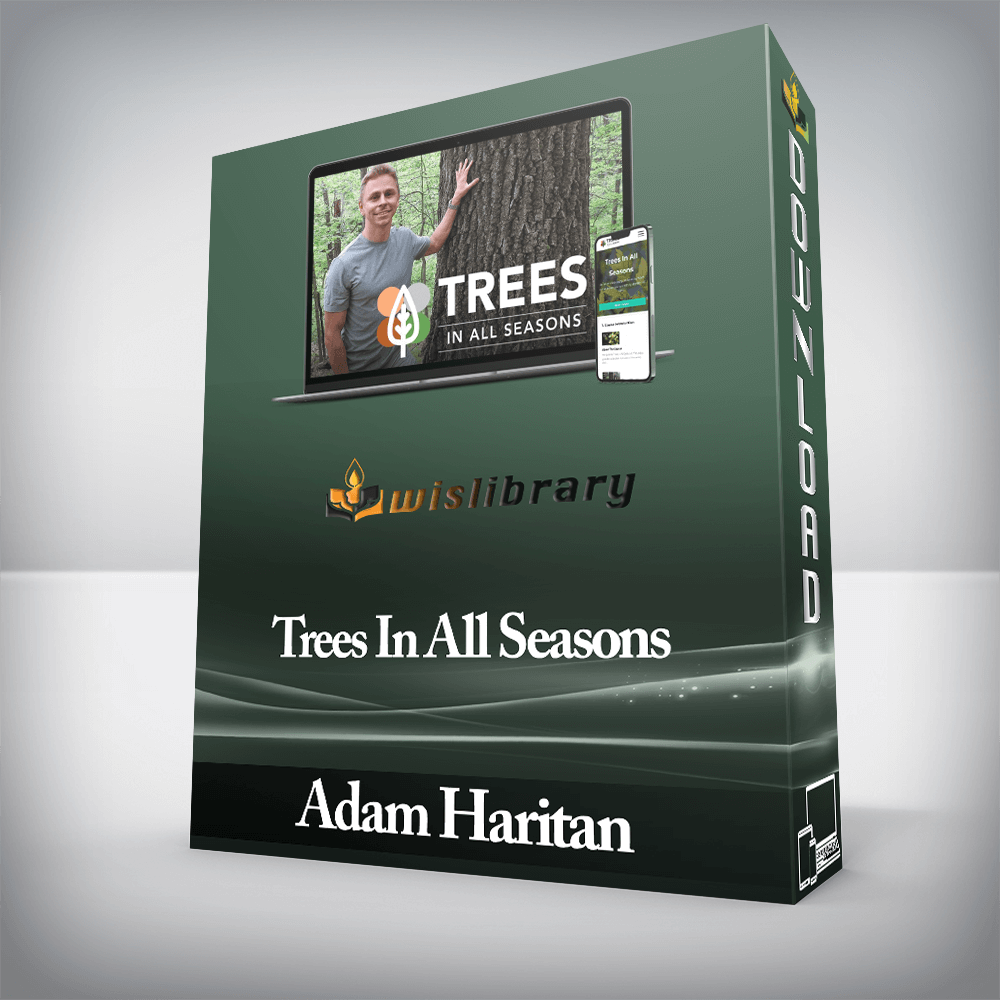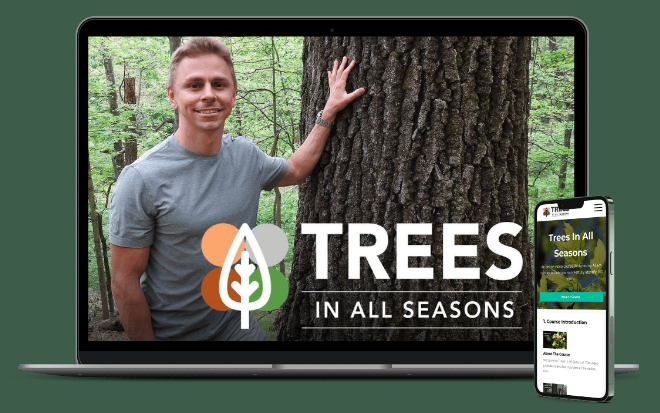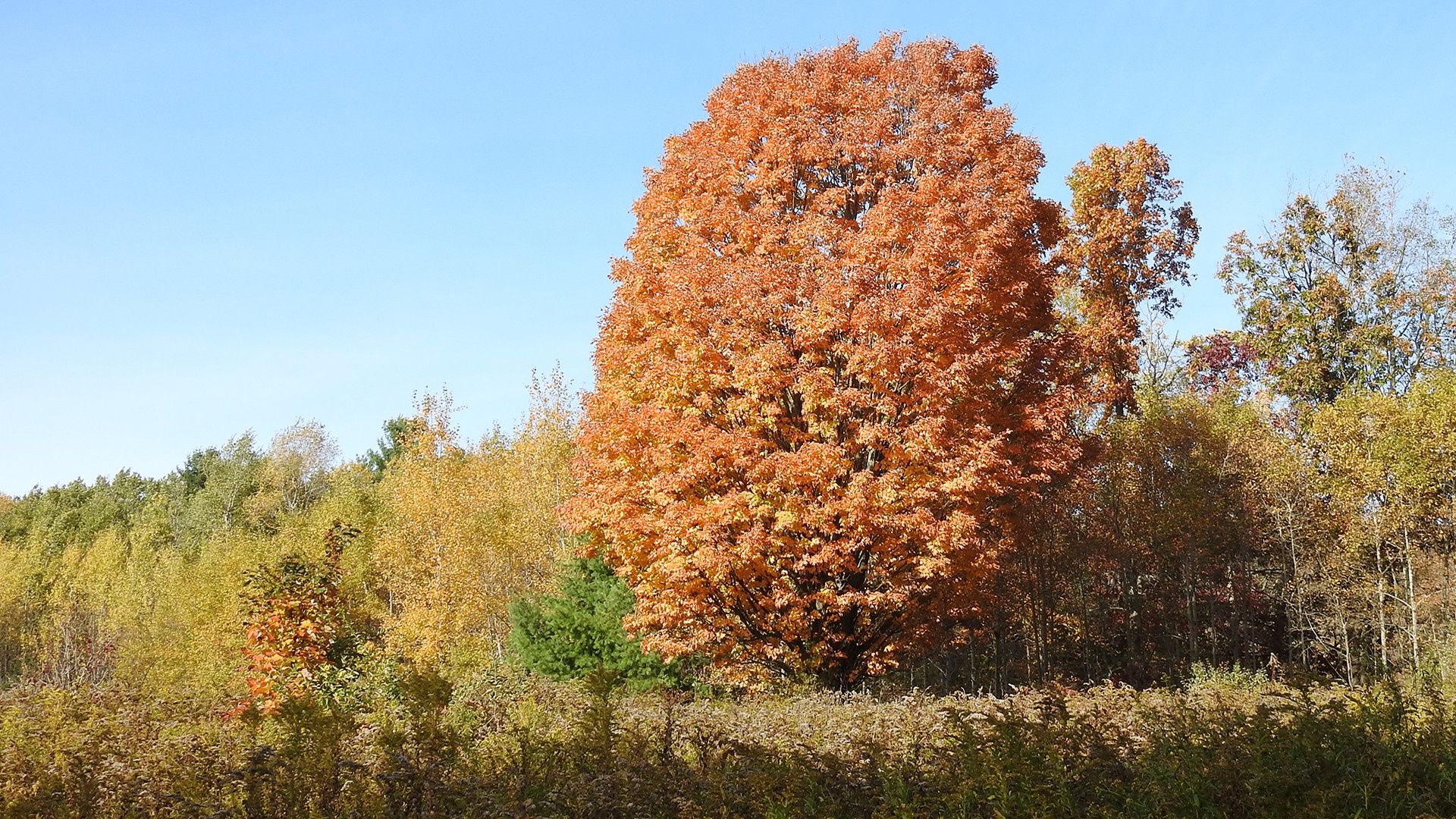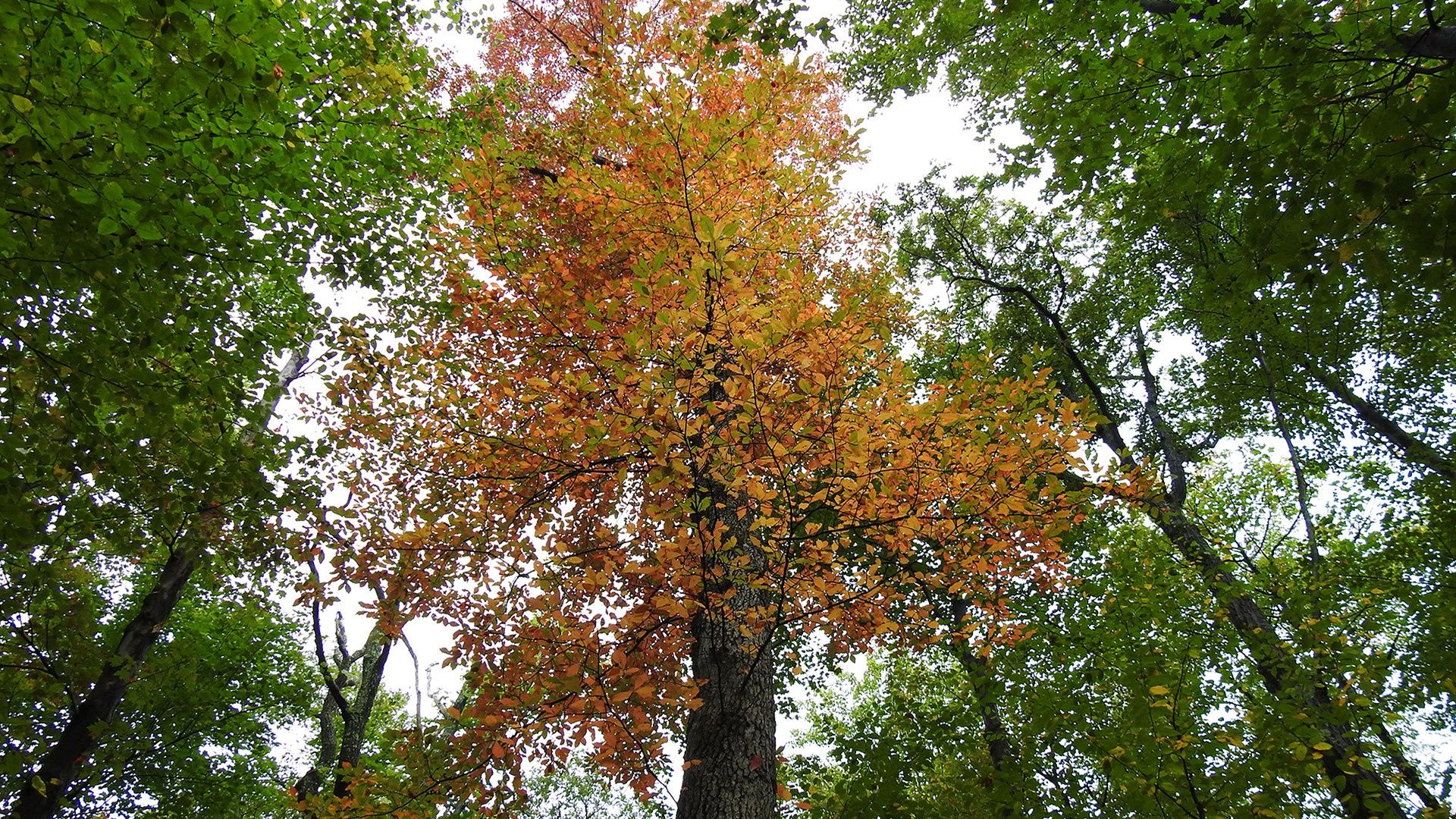

A four-season online video course designed by Adam Haritan to help you successfully identify 100 trees.
When we learn the names of trees, we open a door to a world of wonder. Basswoods and birches shed their anonymity. Walnuts and willows become familiar companions. With each new tree we learn, our connection to nature deepens.
TREES IN ALL SEASONS can help you master this most essential skill. Whether you are interested in identifying trees in the forest or your front yard, this comprehensive online course covers the most important lessons to get you started.


If you routinely find yourself staring at an unfamiliar tree with an inquiring mind, TREES IN ALL SEASONS will help you answer that all-too-common question: “What is it?”
With guided lessons through high-quality videos, TREES IN ALL SEASONS teaches you how to identify trees in every season — spring, summer, fall, and winter.
Here’s what’s included with TREES IN ALL SEASONS.

Trees do not exist in isolation. Instead, they form intimate relationships with fungi, herbaceous plants, lichens, and animals. Understanding these relationships is fundamental to your understanding of trees. In the ecology lessons within the course, you will learn how trees interact with other organisms in their ecosystems.

What processes take place within trees? How essential are these processes to life on earth? TREES IN ALL SEASONS introduces you to the seasonal activities that take place within the cells of trees — from photosynthesis, to autumn leaf senescence, to winter dormancy, and eventually to bud break.

Several unique structures serve important roles in maintaining the health and physical integrity of trees. Such diagnostic structures include bark, twigs, buds, leaves, flowers, fruits, and cones. The anatomy lessons within the course introduce you to essential structures that will greatly improve your ability to identify trees.

Taxonomy, or the science of naming and classifying organisms, helps us understand how different organisms are related to one another. Taxonomy also helps us communicate more effectively. TREES IN ALL SEASONS introduces you to basic taxonomic concepts that make the process of learning scientific names easy and fun.

From hardship to triumph, a tree’s life holds stories as captivating as any story in human history. In addition to covering the physical properties of trees, TREES IN ALL SEASONS weaves narratives that explore distributions, life histories, and changes that trees experience over time.

TREES IN ALL SEASONS devotes 5 entire modules to tree identification. Every video lesson within each module guides you through all the seasons while highlighting essential features. When necessary, closely related trees are presented side-by-side so that you can learn their similarities and differences.
Here’s what you will be able to do after completing the course:
Hikers, foragers, landowners, hunters, birders, and nature lovers.
This course is designed specifically for students at the beginner skill level in eastern North America. More specifically, this course features trees that grow in the temperate zones east of the Rocky Mountains. Advanced topics and obscure trees are not discussed in detail, though they may be briefly mentioned throughout the course.
If you live outside of the aforementioned regions, you are still welcome to enroll in TREES IN ALL SEASONS. Universal topics are covered throughout the course, including tree ecology, physiology, anatomy, taxonomy, and natural history. Additionally, a few trees with broad distributions are featured (e.g., quaking aspen, box elder, paper birch, tamarack, and black spruce). However, students at the beginner skill level who live in temperate eastern North America will predictably derive the most benefit from taking this course.
Trees are essential to life on earth. They are also essential to your understanding of nature. You may consider yourself to be a landowner, a forager, a birder, a herper, a hiker, a hunter, or a general nature enthusiast. No matter your specific interests, your ability to recognize and put a name on any tree that you see will greatly improve your overall ecological literacy. This is why tree identification is a fundamental skill: it supports all other nature skills and fosters a balanced understanding of ecology.
There are no reviews yet.
You must be <a href="https://wislibrary.net/my-account/">logged in</a> to post a review.